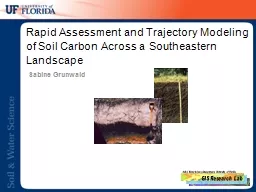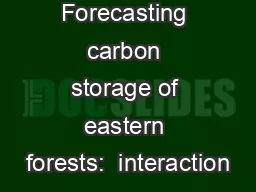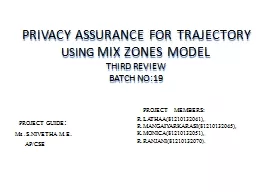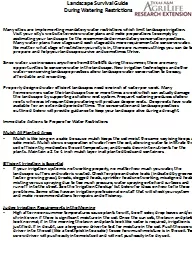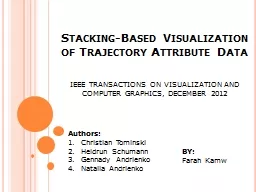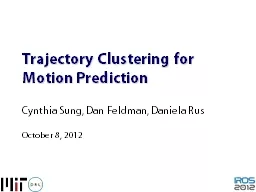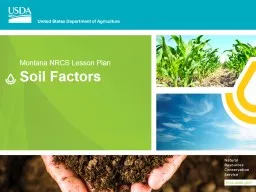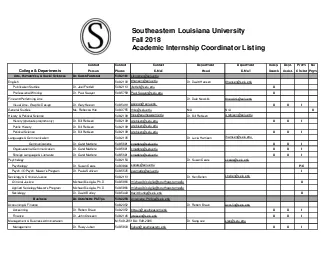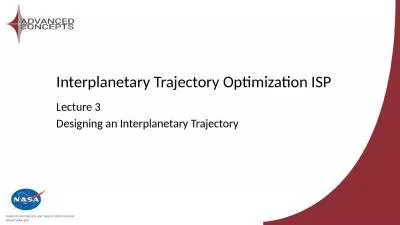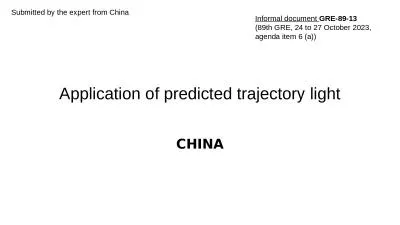PPT-Rapid Assessment and Trajectory Modeling of Soil Carbon Across a Southeastern Landscape
Author : faustina-dinatale | Published Date : 2018-12-24
Soil amp Water Science Department University of Florida GIS Research Lab Sabine Grunwald Project Goals Modeling of soil carbon along pedo climatic trajectories
Presentation Embed Code
Download Presentation
Download Presentation The PPT/PDF document "Rapid Assessment and Trajectory Modeling..." is the property of its rightful owner. Permission is granted to download and print the materials on this website for personal, non-commercial use only, and to display it on your personal computer provided you do not modify the materials and that you retain all copyright notices contained in the materials. By downloading content from our website, you accept the terms of this agreement.
Rapid Assessment and Trajectory Modeling of Soil Carbon Across a Southeastern Landscape: Transcript
Download Rules Of Document
"Rapid Assessment and Trajectory Modeling of Soil Carbon Across a Southeastern Landscape"The content belongs to its owner. You may download and print it for personal use, without modification, and keep all copyright notices. By downloading, you agree to these terms.
Related Documents

